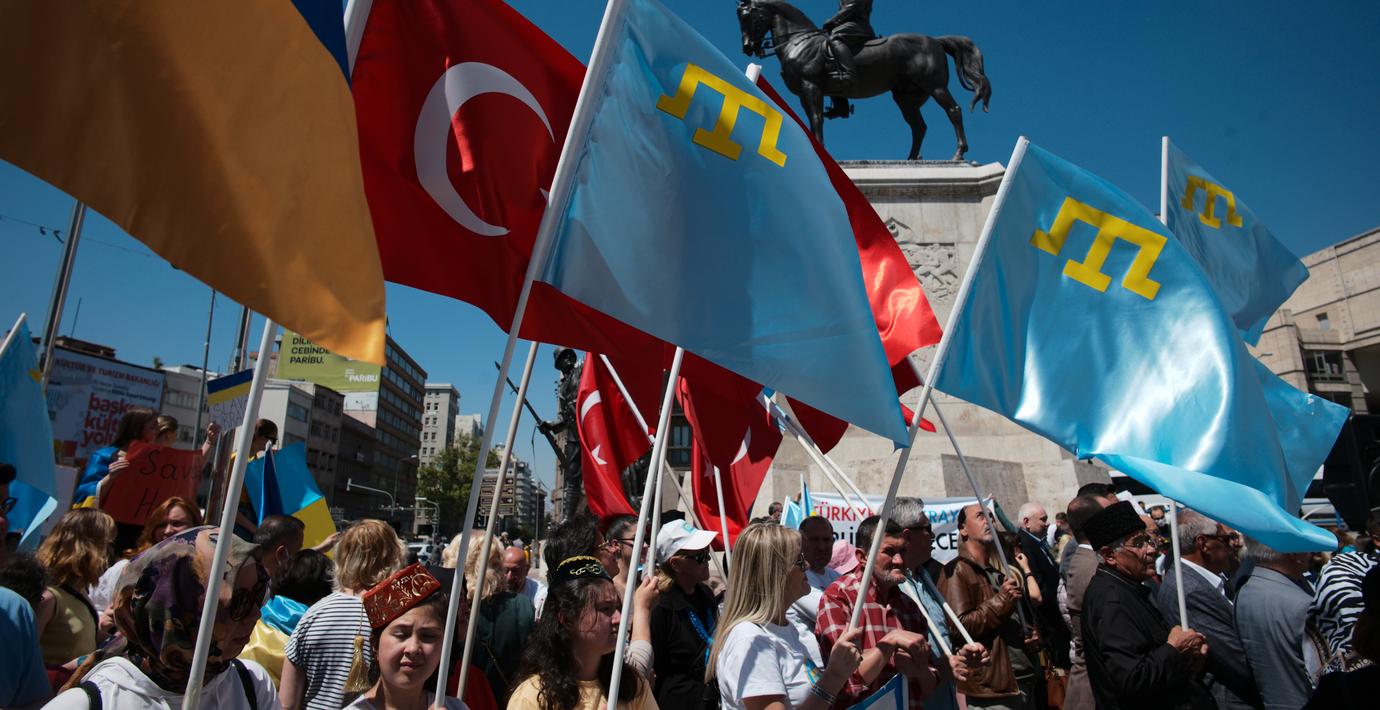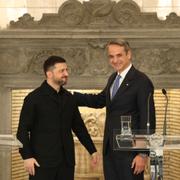Wikipedia (en)
Crimean Tatars (Crimean Tatar: Къырымтартарлар, romanized: Qırımtatarlar) or Crimeans (Crimean Tatar: Къырымлар/Къырымлылар, romanized: Qırımlar/Qırımlılar) are a Turkic ethnic group and nation who are an indigenous people of Crimea. The formation and ethnogenesis of Crimean Tatars occurred during the 13th–17th centuries, uniting Cumans, who appeared in Crimea in the 10th century, with other peoples who had inhabited Crimea since ancient times and gradually underwent Tatarization, including Greeks, Italians, and Goths.Crimean Tatars constituted the majority of Crimea's population from the time of ethnogenesis until the mid-19th century, and the largest ethnic population until the end of the 19th century. Almost immediately after retaking of Crimea from Axis forces, in May 1944, the USSR State Defense Committee ordered the deportation of all of the Crimean Tatars from Crimea, including the families of Crimean Tatars who had served in the Soviet Army. The deportees were transported in trains and boxcars to Central Asia, primarily to Uzbekistan. The Crimean Tatars lost 18 to 46 percent of their population as a result of the deportations. Starting in 1967, a few were allowed to return and in 1989 the Supreme Soviet of the Soviet Union condemned the removal of Crimean Tatars from their motherland as inhumane and lawless, but only a tiny percent were able to return before the full right of return became policy in 1989.
The European Union and international indigenous groups do not dispute their status as an indigenous people and they have been officially recognized as an indigenous people of Ukraine as of 2014. The current Russian administration considers them a "national minority", but not an indigenous people, and continues to deny that they are titular people of Crimea, even though the Soviet Union considered them indigenous before their deportation and the subsequent dissolution of the Crimean Autonomous Soviet Socialist Republic (Crimean ASSR). Today, Crimean Tatars constitute approximately 15% of the population of Crimea. There remains a Crimean Tatar diaspora in Turkey and Uzbekistan.
The Crimean Tatars have been members of the Unrepresented Nations and Peoples Organization (UNPO) since 1991.




